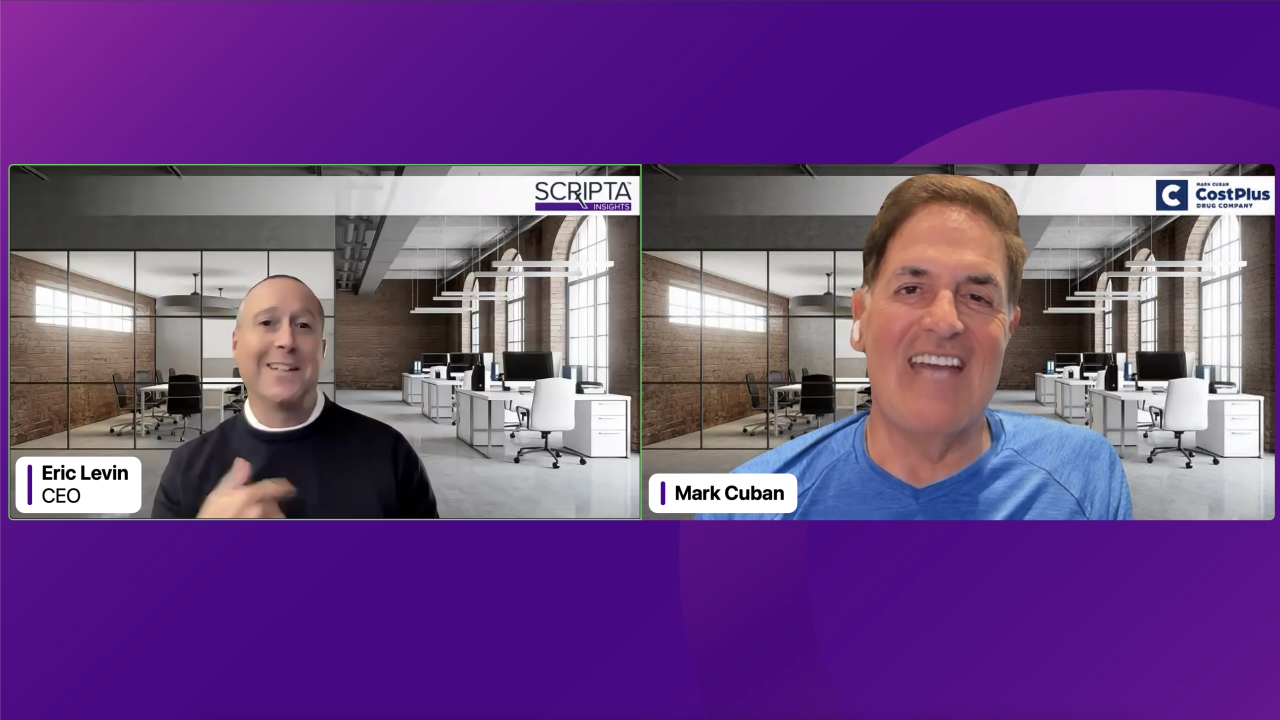Keeping employees
Reports of
When it comes to fixing the problem, start with career growth, an area that will appeal to the bulk of the workforce, says Danny Abdo, chief operations officer at digital skill-building platform Skillable.
"[If the issue is] a lack of purpose, not being challenged, not seeing a future or not much career progression, these are areas upskilling can make some impact," he says. "And if you map it to an employee's journey — whether they're ramping up into a job role and are acquiring certain skills or they're mastering that job — you can get into what's next and where upskilling fits into that."
Read more:
Executed well, upskilling can tie together employee growth with what is also good for the business. Done incorrectly, it can lead to overwhelm and quiet quitting, Abdo says. To find the right balance, employees need to see clear incentives for their time, as well as how these skills will be put to use.
"You're asking an employee to invest energy and resources in doing all of this, so the organization should be facilitating [ways] for you to apply those skills," he says. "That doesn't mean a promotion, but it has to be something. [Otherwise] you just spent months upskilling and then you're back to the grind. That only adds to the disengagement."
Read more:
Professional development is something employees want, with 74% saying they want to acquire new skills in any required company training, according to PricewaterhouseCoopers. Employers can view this desire as a chance to build talent from within, as well as advertise these opportunities as recruiting tools. A plan for what training is most valuable, along with the roles, projects and moves an employee can make upon mastery of new skills, will help an organization get the most out of its offerings and build a reputation for making its workforce's growth top of mind.
"It doesn't end with upskilling — that's phase one," Abdo says. "The next phase is talent mobility, and this requires a cultural change. It requires systems that are able to do this, [such as] a career mobility platform, so when someone has gone through upskilling, they can see where someone is looking for these skills — it's like an internal recruiting system. Making sure they have the opportunity to do something with the skills they've acquired is the key to keeping people engaged."
Read more:
Making employee efforts worthwhile should extend to other areas as well, Abdo says, establishing this as a visible part of a company's values. Along with clear results following things like training and skill development, he notes that employer action following surveys and other types of requested employee participation should be a priority.
"It's the same thing; if we ask for thoughtful feedback and then nothing happens in return, the things we're doing to engage employees have the opposite effect," Abdo says.






